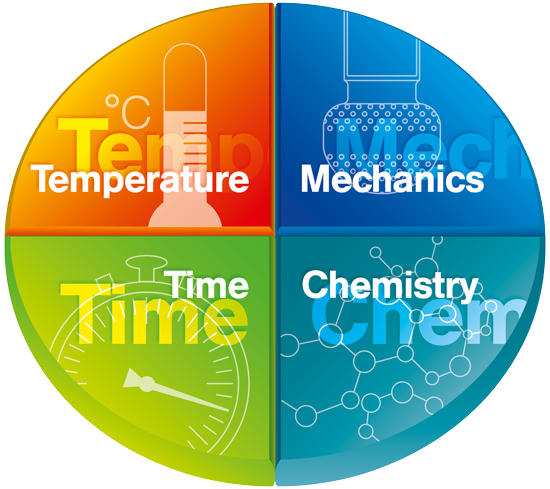The 4 Basics of Tank Cleaning
There are many ways to keep your tanks clean but what are the basics and how does one effect the other?
The four basic principles for cleaning tanks are chemistry, mechanical action, temperature and time. Each one is important, the key is finding the perfect balance between all of them to make your process most efficient.
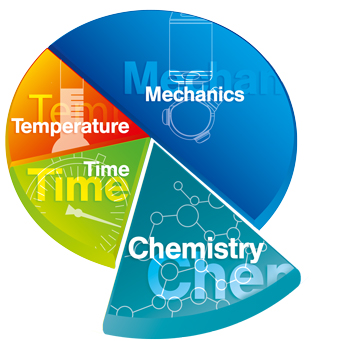
Chemistry
When considering the type of cleaning agent to use the term "less is more," should come into play. Using too much or to little chemical could cause damage to your tank by deteriorating it or not cleaning properly, which in turn will cause bacteria to grow. Whether you are using an alkaline detergent or acid solution, a CIP (cleaning in place) method is your best option and will help control the precise amount of chemicals.
If your interested in learning more about what type of chemicals to use when cleaning your tank, there is a great article by Greg Foss called, "A Review of Procedures and Chemicals."
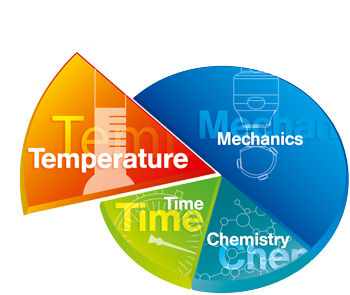
Temperature
The right temperature of chemicals is essential to your cleaning process. In order to protect your tank without disrupting the chemicals within the cleaning process, you should always follow the recommended temperature from the chemical provider.
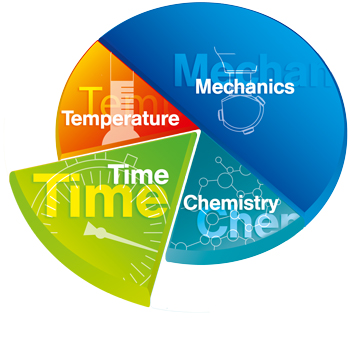
Time
Time is a tricky variable, there are a lot of factors that come into play with it. The type of tank, concentrated soil and type of soil are all things that you will need to take into consideration when determining the time it will take to properly clean. Adjustments will need to be made in order to reach the desired temperature. A CIP system will also help you prepare and keep your time results consistent.
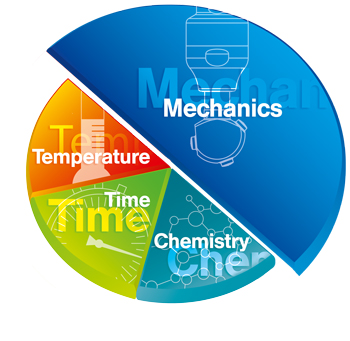
Mechanics
In order to keep water consumption and chemical costs down you need a reliable system in place. This is precisely where our rotational nozzles come into play, because they produce a better and higher mechanism for cleaning. Their greater efficiency helps to permanently reduce costs for cleaning agents, amount of water being used, and lower cycle times. Our rotating nozzles deliver the greatest impact by producing large droplets which strike the tank wall at high speeds removing thick soil. Important influencing factors are the distance between the nozzle and wall, and the operating pressure. If either are too great the fluid will break down into smaller droplets and the impact will be reduced.
In this chart you can see the portion of the pie for temperature, time and chemistry are all reduced by the effects of rotational nozzles.
Below is a video of Lechler's XactClean HP cleaning chocolate sauce off a tank. This nozzle produces a flat band spray that slowly moves around the tank or vessel with a contrlled rotation which ensures efficient cleaning.
